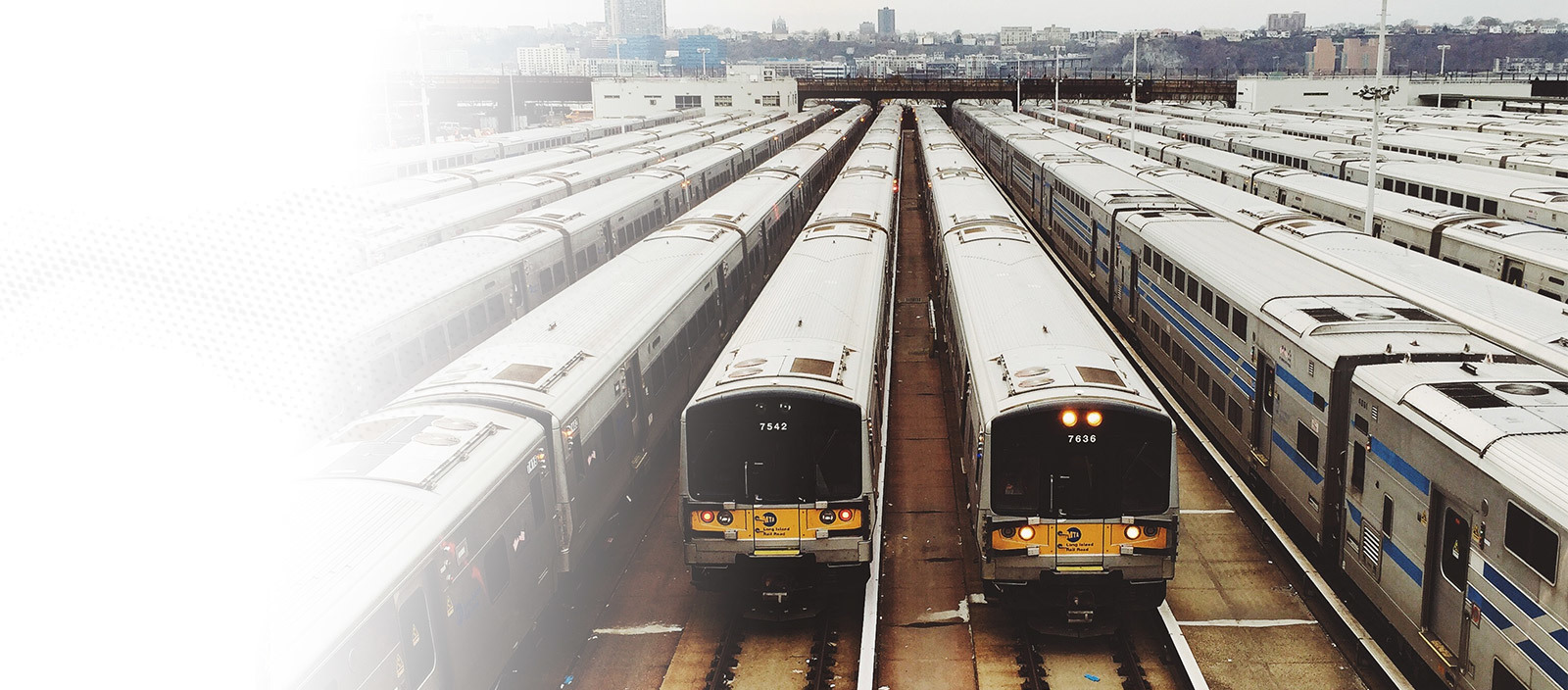Rail Transportation

Key Selection Criteria
1. Certifications: Must meet EN 854, ISO 1436 rail-specific standards
2. Fire Safety: DIN 5510-2 flame resistance certification
3. Environmental Resistance: Oil/UV/weather-resistant compounds
Suitable for metros, high-speed trains, trams, and other rail vehicles. Material options (e.g., PTFE liners for high-temp applications) can be customized per operational requirements.

001
Train Braking Systems
Application: Connects brake control units to brake cylinders, transmitting hydraulic pressure for braking
Features: High-pressure resistance (20-40MPa), pulse-resistant design for reliable braking response
Example: "Subway braking hoses use multi-layer steel wire reinforcement to prevent bursting under high-pressure braking conditions."

002
Bogie Hydraulic Suspension Systems
Application: Links hydraulic dampers to control systems for ride stabilization
Features: Vibration-resistant, fatigue-proof design for continuous movement
Example: "High-speed train suspension hoses must pass million-cycle pulse tests to ensure long-term damping performance."

003
Door Operation Mechanisms
Application: Powers hydraulic/pneumatic door actuators
Features: High flexibility with excellent bend radius for repeated motion
Example: "Light rail door hoses feature polyurethane covers to reduce friction noise and extend service life."

004
Track Maintenance Equipment
Application: Powers tamping machines, rail grinders, and other maintenance tools
Features: Abrasion-resistant construction for harsh outdoor conditions
Example: "Rail maintenance hoses incorporate protective sleeves to withstand rock and debris impacts."

005
Hydraulic Leveling Systems (Low-floor Trams)
Application: Adjusts vehicle height for platform accessibility
Features: Compact bend radius for space-constrained installations
Example: "Modern tram leveling hoses comply with EN 853 standards for passenger comfort and reliability."





